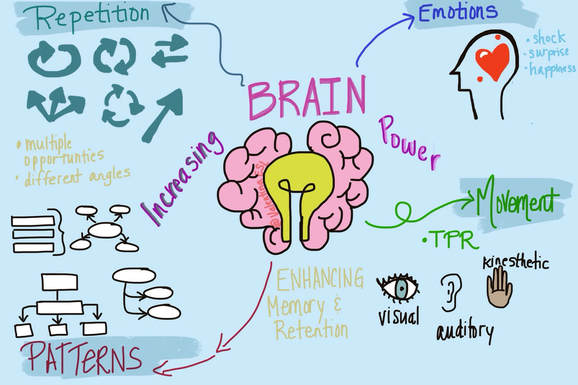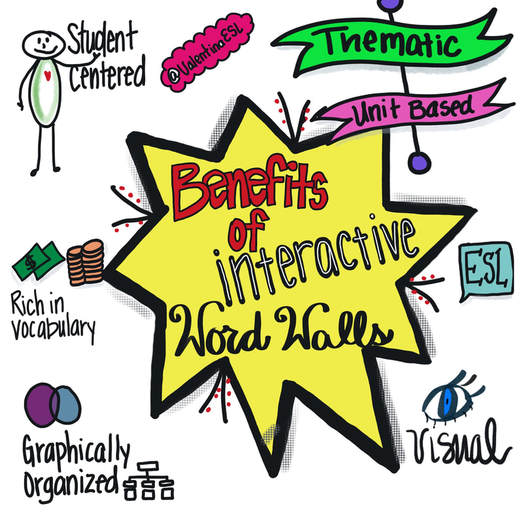|
Enhancing memory retention for all students would be awesome! But how? How can we help kids in our rooms absorb what they are exposed to on a daily basis? I know from my own experience with my two children, if I ask them what they learned today, they usually say, "nothing" or they don't elaborate much.
Advances in brain research have taught us there are specific techniques we can easily employ that will enhance memory retention! What we want to do is help our kids move learned information from working memory into long-term memory. But the problem is if we don't do it in about 20 minutes, the information could be lost! Time is crucial. What kind of word wall is on your walls? Does it support your learners or is it just there as part of the wall paper creating wall pollution?
Let me tell you first hand...I used to have a traditional word wall and I wholeheartedly thought I was doing what was best for my students. It was alphabetical and I put words on it that were Tier I, Tier II, and Tier III (thinking that I was supporting everyone). I tried playing games with my students using the word wall and I even let them add their own words to it so they could take ownership of the wall. But as a lifelong learner I embrace new information and when I find something that is better for students, I recognize it. Recently I learned about Interactive Word Walls from Dr. Julie Jackson. She is a professor at Texas State University and travels to deliver professional development regarding these amazing word walls. Her expertise is in the field of science but I think the word walls can work in any content area.
We've all been there...we teach a lesson and then assess students only to find that the learning didn't stick. We are left with questions like : What happened? How did we fail them? What went wrong?
Making learning stick is our goal. We want our students to be able to grab on to newly learned words and skills. The problem is that if most of what they do in class doesn't give them the opportunity to internalize then learning won't stick. In 1982, Dr. James Asher introduced a learning method called Total Physical Response, TPR. This method connects language with a physical movement empowering students to stay engaged and active in learning and preventing them from becoming off task. Don't we all want that? Kids engaged, participating and actively learning! When we plan lessons that incorporate TPR, we become proactive in our approach to helping students learn and stay engaged instead or being reactive. |
Categories
All
|




 RSS Feed
RSS Feed
